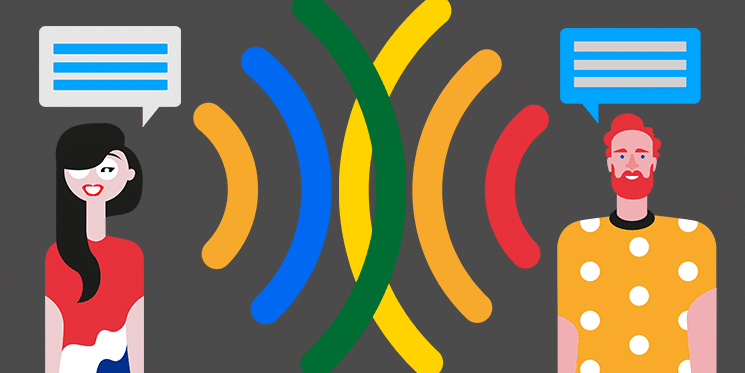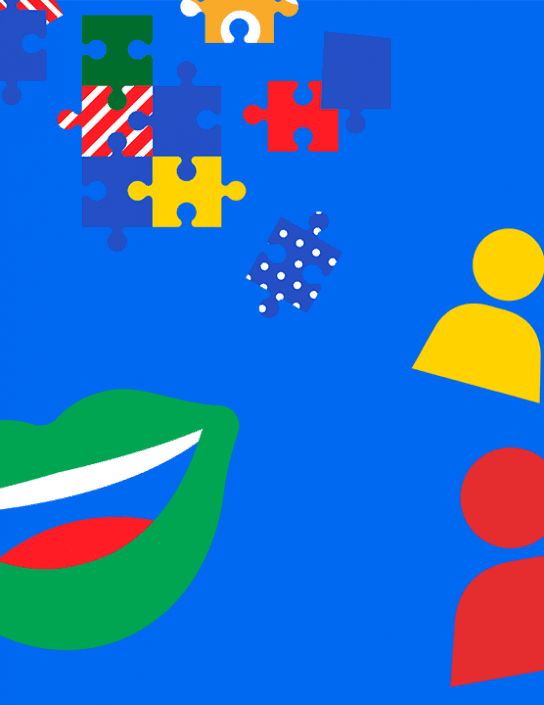For your marketing strategies to succeed and help you achieve your business goals, your campaigns need to resonate with your target audiences. That’s why adaptation is a key part of creating international campaigns.
Even with the dramatic advancements in AI’s capacities to follow prompts and generate multiple iterations of texts, AI isn’t yet able to effectively navigate through cultural differences and nuances. When it comes to language adaptations, human linguists continue to play an integral part in ensuring your international marketing and advertising copy succeeds.
Regardless of whether you’re leveraging AI efficiencies, when planning your international campaigns, plan to succeed by including language adaptation in the project.
Adapting marketing texts and why emotion comes first
Adaptation of the marketing mix – adjusting and fine-tuning marketing and go-to-market strategies – is a methodical, data-driven exercise. Language adaptation is the process of modifying texts and messaging so that they are culturally appropriate and relevant and can resonate with specific target markets, all while maintaining the integrity of the brand’s or organization’s key messaging. It’s also referred to as “localization,” as it requires the careful consideration of cultural contexts to communicate with audiences in a way that feels familiar and authentic, and as “transcreation” because linguists are both translating and creating or reinventing texts.
The language adaptation process is also methodical and analytical, but to be done well, must also consider human emotions and responses. And that’s where AI hits a brick wall because even with neural network learning, machines aren’t able to empathize, experience emotions and feelings, or put themselves in the target audiences’ shoes. AI is unable to contextualize and consider local specificities. You can’t expect a machine to do the nuanced work of crafting and fine-tuning marketing materials to ensure they appeal to human desires and needs.
Using human insights to help business-to-consumer communications succeed
In order to arouse interest in potential customers, command their attention, build trust, inform, convince and, ultimately, motivate them to act, brands need to be able to communicate effectively with target audiences outside of their home markets. Doing this requires understanding the multiple, nuanced layers of cultural context within which the varied audiences operate. This is just the understanding that native-speakers who are skilled linguists bring to their work to enable companies to access target audiences’ emotions and influence them to respond to calls to action to read, like, and share a post; subscribe to a newsletter; order a service, and/or buy a product.
The ultimate goal of language adaptation for marketing clients is to facilitate effective communication with audiences in target markets. And, for now, only skilled human linguists are capable of this level of cultural understanding and empathy. So, even if you’re using AI to generate marketing copy, it will be the subsequent adaptation of the text by a human linguist that will ensure the campaign accesses the target audiences’ emotional world to help forge a connection between them and your brand.
Harnessing copywriting know-how: The difference between pure translation and adaptation
When it comes to translating texts for marketing, the devil lies in the details. Just one mistranslated or misinterpreted wordplay appearing in your copy could results in ineffective communication with your target audience. In the worst-case scenario, poorly chosen words or phrases could seriously damage your campaign and lead to skepticism or a loss of trust in your brand. That’s why adaptation (or localization or transcreation) done by a professional human linguist is an essential part of making sure your marketing campaign succeeds with your target audiences and markets.
A quick review for those new to preparing marketing materials for international markets
Straight or “pure” translation entails transforming a text from one language into another in a way that maintains the original text’s meaning. Translation isn’t a literal, word-for-word translation – unless you are using a free online translation engine! – but about making a source text understandable to a whole new audience in an entirely different language. A good translation will ensure your text is clearly relayed in the target language error-free and mirrors the original text’s meaning and intent.
Such a pure translation, with close attention to specific terminology, can be suitable for:
- Financial reports
- Legal documents
- Press releases
- Print news articles
- Scientific articles
- Technical texts
Translations that are entirely generated by AI should always be reviewed by a human linguist – and, preferably, a linguist who has the related subject-specific knowledge and linguistic competencies.
Adaptation (or localization or transcreation) is required when …
… texts need to be adjusted to communicate effectively with an audience outside of the home market, and cultural contexts and emotional factors need to be considered. Adaptation is a step beyond translation. By adapting texts and images, you ensure that your marketing campaign’s intended meaning and messaging reach your target audiences and are suited to their values, norms, and traditions.
Adaptation (or localization or transcreation) is required for any texts that need to reach and resonate with target audiences outside of your home market, including:
- Advertising texts (including print copy, social media texts, audio or video scripts)
- Literary works (such as novels and plays)
- Marketing texts (including social media campaigns, audio or video scripts, and billboards)
Wordplay (jokes, puns, and rhymes)
Adaptation in the form of transcreation or localization can deliver powerful results for
- Articles
- Award submissions
- Blog posts
- Brochures
- Business reports
- Copy for online and print
- Direct marketing campaigns
- Email marketing campaigns
- Employee engagement and internal communications
- Financial and sustainability reports
- Press releases
- Promotional flyers
- Social media advertisements, influencer campaigns, posts, and profiles
- Websites
Almost all international marketing campaigns need language adaptation
If you’ve asked yourself any of the following questions, you probably need to incorporate language adaptation into your marketing plans!
- Does the text’s tone of voice match my brand?
- Will that clever double entendre work in cultural and linguistic environments outside of my home market?
- Will the wordplay make sense when directly translated into another language or dialect?
- Will the cultural references make sense and be relevant to the target audiences?
Our adaptation clients can always be assured of:
- Prompt delivery. Our coordinated team of linguists and native-speaker copywriters, editors, and cross-cultural adaptation experts reacts quickly to enquiries and work efficiently to your deadlines, while always maintaining quality. For urgent requests outside of standard business hours, email our dedicated Priority Lane service at prioritylane@leinhaueser.com.
- Cross-cultural awareness and sensitivity. Our translators are not only native speakers, they’re also language and culture experts. They understand the nuances of their markets and adapt texts that read as authentically local copy and resonate with target audiences.
- Professional linguists. Leinhäuser is known for its outstanding linguists and the stellar results they deliver. From transcripts to translations, adaptations, video subtitling, and copywriting, we’ve been delivering language services at the highest standards to clients around the world for more than 25 years. We are passionate about effective, persuasive, and accurate language.
- Brand-specific terminology. We capture and maintain your organization’s desired tone of voice and use consistent terminology throughout your materials by collaborating closely with you and using translation memory tools that leverage previously translated or adapted materials.
- Consistent quality. Our human linguists carefully handle every piece of text – whether text created by clients, generated by AI, or crafted by our in-house copywriters. Our continuous monitoring, feedback loops, and revision processes all work to ensure the high quality of our translations and adaptations.







